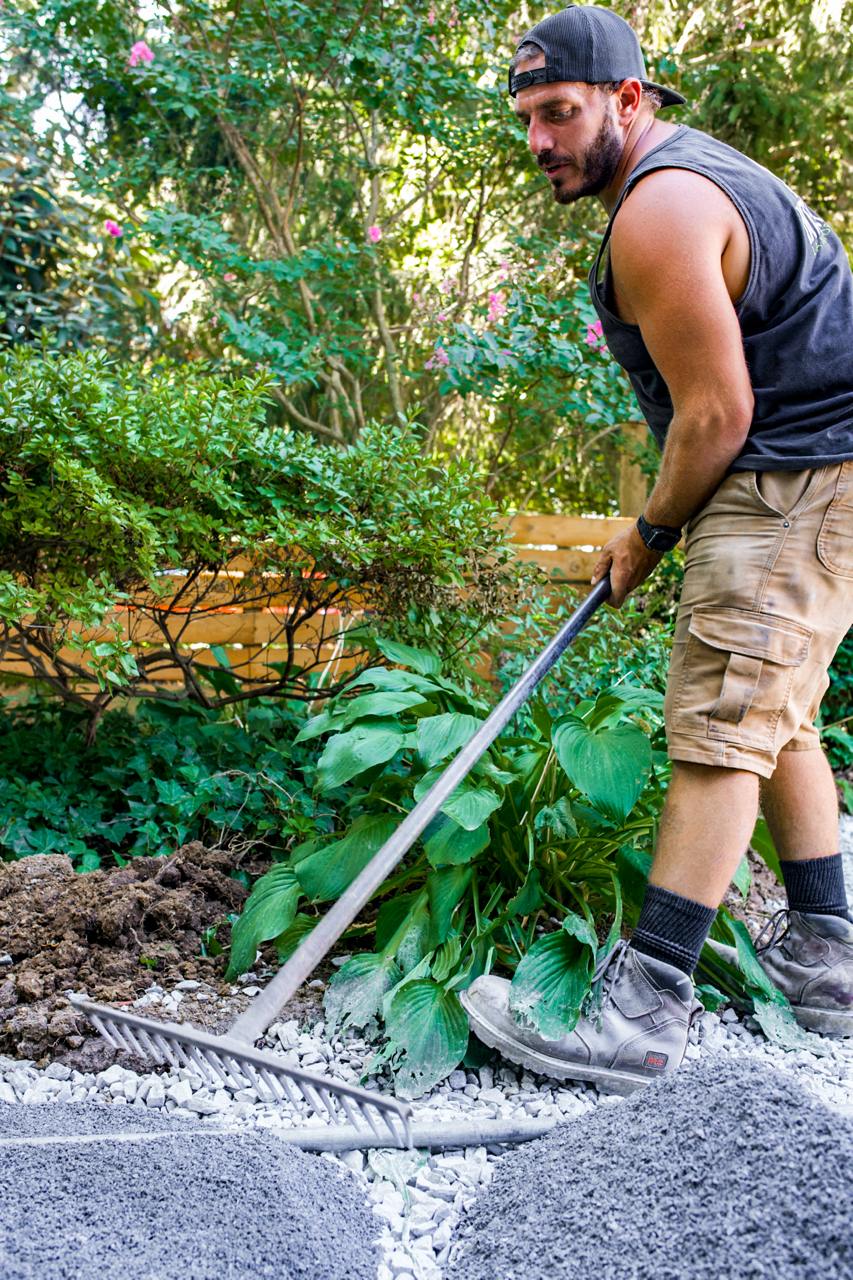Low-Maintenance Landscaping Ideas for Busy Homeowners in PA
For homeowners with packed schedules, maintaining a beautiful yard can feel overwhelming. Fortunately, there are landscaping solutions that keep your yard looking its best with minimal upkeep. In Pennsylvania, where seasonal changes impact outdoor spaces, choosing low-maintenance options is ideal. Here’s a guide to creating an attractive, easy-to-care-for landscape that suits a busy lifestyle.
1. Use Native Plants for Low Maintenance
Native plants are naturally adapted to Pennsylvania’s climate, making them resilient and requiring less water, fertilizer, and pest control than non-native species. Some great native choices include Black-eyed Susans, Eastern Coneflower, and the Pennsylvania Sedge. These plants thrive in local soil and are resistant to many regional pests, making them easier to care for. By incorporating native plants, you can enjoy a healthy, vibrant landscape that practically takes care of itself.
2. Choose Perennials Over Annuals
Perennials are plants that come back year after year, which means you won’t have to replant every season. Unlike annuals, which only last one season, perennials save both time and money. Consider low-maintenance perennials like Hostas, Daylilies, and Sedums, which offer vibrant colors with minimal care. Perennials also tend to be more drought-tolerant and resistant to temperature fluctuations, making them an excellent choice for Pennsylvania’s variable weather.
3. Opt for Ground Covers to Reduce Grass Areas
Maintaining a large lawn can be time-consuming and costly, especially with mowing, watering, and fertilizing. Ground covers, like creeping thyme, clover, or moss, can replace grass in certain areas to reduce maintenance. These ground covers are low-growing, require minimal water, and offer a lush, green appearance with far less upkeep than traditional turf. Ground covers can be used along paths, around flower beds, or in shady areas where grass doesn’t thrive.
4. Incorporate Mulch for Weed Control and Water Retention
Adding a layer of mulch around plants helps retain moisture, reduces weed growth, and improves soil quality. Mulching is an easy way to keep garden beds looking fresh without much effort. Organic mulch, such as wood chips or bark, decomposes over time, adding nutrients to the soil. Additionally, mulch acts as an insulating layer, protecting plant roots during Pennsylvania’s colder months and reducing the frequency of watering.
5. Use Low-Maintenance Shrubs for Structure
Shrubs provide structure and greenery to a landscape without needing frequent pruning or watering. Low-maintenance options like Boxwood, Hydrangea, and Forsythia are ideal for Pennsylvania gardens. These shrubs add visual interest year-round, and many varieties are drought-tolerant and pest-resistant. With just occasional pruning, they’ll maintain a neat appearance, contributing to an organized, low-maintenance landscape.
6. Add Hardscaping Elements for Style and Ease
Hardscaping features such as stone pathways, patios, or decorative rocks not only add structure and style but also reduce the areas that need regular watering, mowing, and upkeep. A stone pathway through your garden or a gravel area with potted plants can be visually appealing and easy to maintain. Hardscaping can also help define sections of your yard, creating dedicated areas for seating, dining, or decor, enhancing functionality without adding to your to-do list.
7. Invest in Drip Irrigation
For those looking to minimize watering efforts, a drip irrigation system is a game-changer. Drip irrigation provides water directly to the roots of plants, conserving water and reducing the need for regular watering sessions. It’s especially useful in dry spells and helps keep plants healthy without extra work. Many drip systems are customizable, allowing you to set watering schedules that suit each section of your yard, making this an efficient choice for busy homeowners.
FAQ: Common Questions About Low-Maintenance Landscaping in PA
What are some easy-care plants for Pennsylvania gardens?
Native plants like Black-eyed Susans, Coneflowers, and Pennsylvania Sedge are easy to maintain and adapt well to the local climate, making them ideal for low-maintenance gardens.
How often should I replace mulch?
Organic mulch should be replenished once a year, typically in spring, to maintain its benefits for moisture retention and weed control.
Can I replace my entire lawn with ground cover plants?
Yes, ground covers like creeping thyme or clover can replace grass in certain areas, especially shaded or difficult-to-mow spots, offering a green look with less maintenance.
How does drip irrigation work?
Drip irrigation delivers water directly to the roots of plants through a system of tubes and emitters. This method reduces water waste and requires less frequent monitoring compared to traditional watering.
Are hardscaping features expensive to install?
Costs vary depending on the materials and complexity, but hardscaping can be a worthwhile investment. Features like stone pathways or gravel beds reduce lawn care time and add lasting style to your yard.

